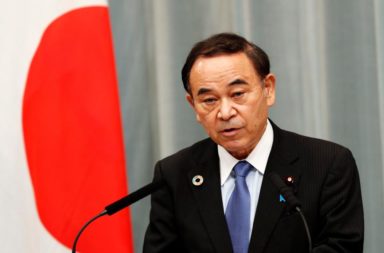More than 60,000 koalas were killed, injured or displaced in Australian bushfires last summer, the World Wide Fund for Nature (WWF) has estimated, in what it called a deeply disturbing number for a species already in trouble. Last summer’s bushfires, which Prime Minister Scott Morrison has dubbed Australia’s “black summer”, also killed 33 people and razed over 24 million hectares (59 million acres) in the country.
Nearly three billion native animals would have been in the path of the bushfires, the WWF study said. Even before the fires, koala habitats had been in rapid decline due to land clearing for agriculture, urban development, mining and forestry. A 2016 report by a panel of koala experts had put the koala population in Australia at 329,000, but there have been bushfires annually since then, reducing the number further.
That overall estimate is unchanged in the final report, which was released on Monday, with about 143 million mammals, 2.46 billion reptiles, 181 million birds, and 51 million frogs in areas that were hit by the fires. Koalas, which usually spend most of their time in the trees, suffered from injury, trauma, smoke inhalation, heat stress, dehydration, and death, the report said. The marsupials were also affected by the loss of habitat – and conflict with other animals as they fled to an unburned forest – as well as the reduced food supply.
As well as the koalas, the WWF estimates that millions of native animals were in the path of the flames, including 50 million native rats and mice, nearly 40 million possums and gliders, 5 million kangaroos and wallabies; 5 million bats; 1.1 million wombats; 114,000 echidnas, and 5,000 dingoes.
South Australia’s Kangaroo Island was the worst-hit area for koalas, with some 40,000 koalas impacted by the fires, the WWF said. Nearly 11,000 in Victoria and 8,000 in New South Wales (NSW) were also affected. NSW parliamentary inquiry in June concluded after a year-long inquiry that koalas in the state could become extinct by 2050 unless the government immediately intervened to protect them and their habitat. The WWF aims to double the number of koalas in eastern Australia by 2050. The plan includes a trial of drones to disperse seeds of eucalyptus trees which provide both food and shelter for koalas, and the establishment of a fund to encourage landowners to create koala safe-havens.





